Home>Furniture & Design>Bathroom Accessories>How To Remove Pink Mold From A Toilet Brush
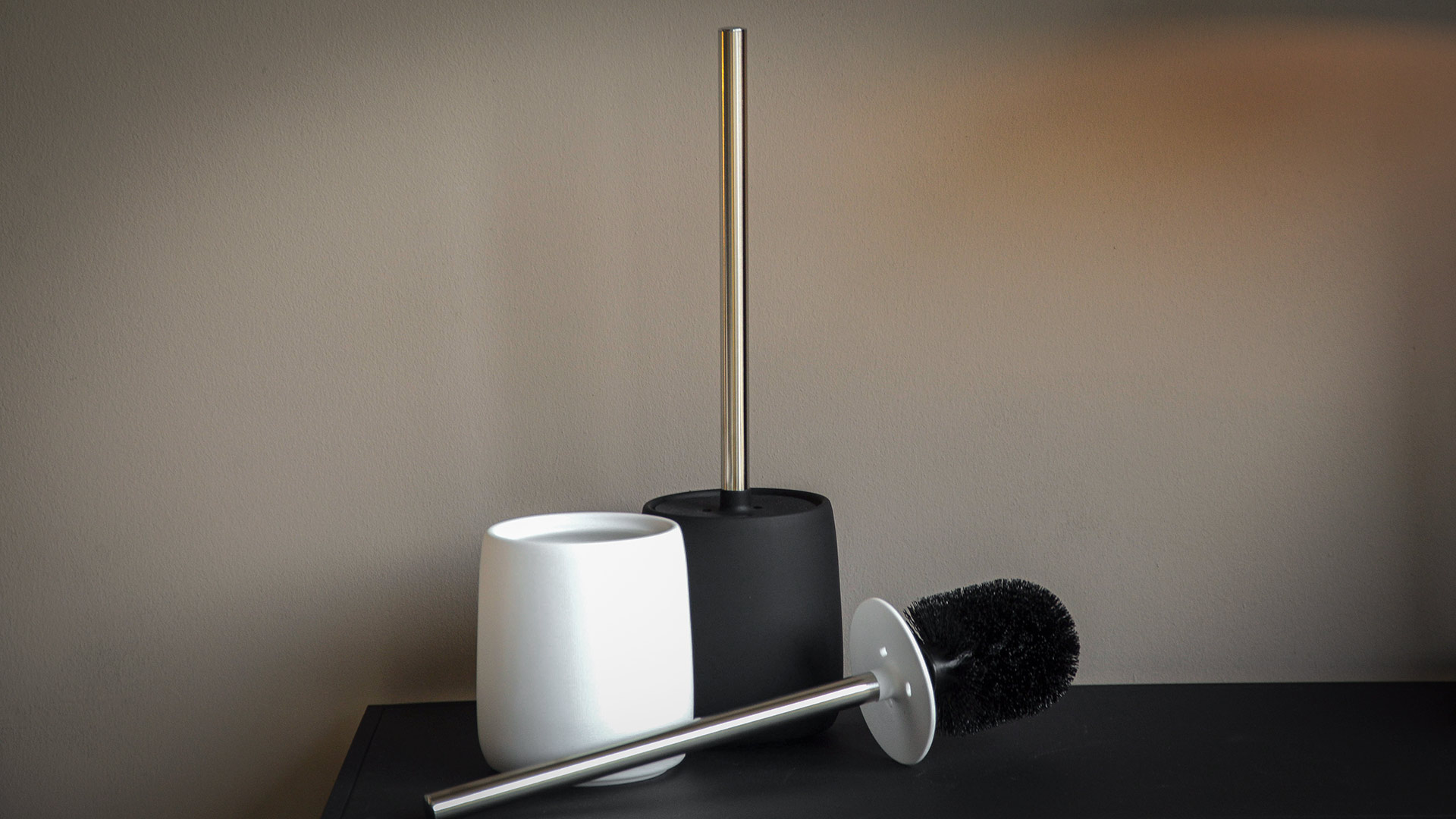

Bathroom Accessories
How To Remove Pink Mold From A Toilet Brush
Modified: February 17, 2024
Learn effective ways to remove pink mold from your toilet brush and keep your bathroom accessories clean and hygienic. Discover simple tips for a mold-free bathroom.
(Many of the links in this article redirect to a specific reviewed product. Your purchase of these products through affiliate links helps to generate commission for Storables.com, at no extra cost. Learn more)
Introduction
Dealing with pink mold on a toilet brush can be a frustrating and unsightly issue. Pink mold, also known as pink slime or pink bacteria, is a common problem in bathrooms, especially on toilet brushes. This stubborn and unappealing growth not only affects the appearance of the toilet brush but also raises concerns about hygiene and cleanliness. Fortunately, with the right knowledge and techniques, it is possible to effectively remove pink mold and prevent its recurrence.
In this comprehensive guide, we will delve into the world of pink mold, exploring its characteristics, the reasons behind its growth on toilet brushes, and the steps to eradicate it. Additionally, we will discuss preventive measures to keep your toilet brush free from pink mold, ensuring a clean and hygienic bathroom environment.
By understanding the nature of pink mold and implementing the recommended strategies, you can maintain a sparkling clean toilet brush and minimize the risk of pink mold reappearing. Let's embark on this journey to conquer pink mold and elevate the cleanliness of your bathroom accessories.
Key Takeaways:
- Say goodbye to pink mold on your toilet brush by soaking, scrubbing, and sanitizing it with a vinegar or hydrogen peroxide solution. Regular cleaning and drying are key to keeping it pink mold-free!
- Prevent pink mold from returning by regularly disinfecting, properly storing, and replacing your toilet brush. Keep your bathroom dry and clean to say goodbye to pink mold for good!
Read more: How To Remove Mold From Toilet Seat
Understanding Pink Mold
Pink mold, despite its name, is not a mold at all. It is a type of bacteria known as Serratia marcescens, which thrives in moist and warm environments. This bacterium is notorious for its pink or reddish appearance, often forming slimy patches on various surfaces, including toilet brushes. While it is commonly referred to as mold, it is crucial to recognize that pink mold is a bacterial growth rather than a fungal one.
Serratia marcescens is a resilient and opportunistic organism that can flourish in environments with high humidity and organic matter. This bacterium is particularly adept at colonizing bathroom surfaces, making it a frequent nuisance in moist areas such as shower stalls, tile grout, and, notably, toilet brushes.
The distinct pink or reddish coloration of Serratia marcescens is attributed to its production of a pink pigment called prodigiosin. This pigment not only gives the bacterium its characteristic color but also serves as a protective mechanism, enabling it to withstand adverse conditions and compete with other microorganisms in its environment.
In addition to its vibrant hue, pink mold is known for its musty or earthy odor, which can be detected when it proliferates in enclosed spaces. This odor, coupled with its unsightly appearance, can be a source of frustration for individuals striving to maintain a clean and hygienic bathroom environment.
Understanding the nature of pink mold is essential for effectively addressing its presence on toilet brushes and other surfaces. By recognizing its bacterial composition and the conditions conducive to its growth, you can implement targeted strategies to eradicate and prevent its recurrence. With this knowledge in hand, you are better equipped to combat the challenges posed by pink mold and uphold the cleanliness of your bathroom accessories.
Why Pink Mold Grows on Toilet Brushes
Pink mold thrives on toilet brushes due to the favorable conditions present in the bathroom environment. The moist and warm nature of bathrooms, coupled with the organic matter present on toilet brushes, creates an ideal habitat for the proliferation of Serratia marcescens, the bacterium responsible for pink mold.
Toilet brushes, by their very function, come into contact with organic residues, including fecal matter, urine, and other bodily fluids. These organic substances provide a nutrient-rich environment for bacteria to thrive. When toilet brushes are not thoroughly cleaned and dried after use, residual moisture and organic matter create a breeding ground for pink mold.
Furthermore, the bristles and crevices of toilet brushes provide ample surface area for pink mold to adhere and multiply. The design of many toilet brushes, with their dense bristles and intricate contours, can trap moisture and organic residues, facilitating the growth of pink mold over time.
In addition to the physical attributes of toilet brushes, the proximity to toilet bowls and the aerosolization of water during flushing contribute to the spread of bacteria, including Serratia marcescens, onto the brush. This continuous exposure to bacteria-laden aerosols further exacerbates the likelihood of pink mold colonization on the brush.
The combination of moisture, organic matter, and bacterial exposure creates an environment conducive to the growth of pink mold on toilet brushes. Without proper cleaning and maintenance, this persistent bacterium can establish a stronghold on the bristles and surfaces of the brush, leading to the formation of unsightly pink patches.
Understanding the specific factors that contribute to the growth of pink mold on toilet brushes is crucial for implementing effective cleaning and prevention strategies. By addressing these underlying reasons, individuals can take proactive measures to combat pink mold and maintain the cleanliness and hygiene of their bathroom accessories.
Steps to Remove Pink Mold from a Toilet Brush
-
Prepare a Cleaning Solution: Begin by preparing a cleaning solution to effectively eliminate pink mold from the toilet brush. A mixture of hot water and white vinegar or hydrogen peroxide can serve as a potent cleaning agent. These substances possess antimicrobial properties that can help eradicate the pink mold and disinfect the brush.
-
Soak the Toilet Brush: Submerge the affected toilet brush in the prepared cleaning solution, ensuring that the bristles are completely immersed. Allow the brush to soak for at least 30 minutes to loosen the pink mold and facilitate its removal. The acidic nature of the cleaning solution will help break down the bacterial colonies and aid in the cleaning process.
-
Scrub and Dislodge Mold: After soaking, use a dedicated brush or scrubbing tool to dislodge the pink mold from the bristles and surfaces of the toilet brush. Thoroughly scrub the affected areas, paying close attention to any crevices or intricate patterns where the mold may be entrenched. This physical agitation will help loosen and remove the stubborn pink mold from the brush.
-
Rinse and Sanitize: Once the pink mold has been scrubbed and dislodged, rinse the toilet brush thoroughly under running water to remove any residual cleaning solution and debris. After rinsing, sanitize the brush by immersing it in a diluted bleach solution for a few minutes. This final step will ensure that any remaining bacteria are effectively eliminated, leaving the brush clean and sanitized.
-
Dry the Toilet Brush: After sanitizing, allow the toilet brush to air dry completely in a well-ventilated area. It is essential to ensure that the brush is thoroughly dried to prevent the recurrence of pink mold. Consider placing the brush in a sunny spot to expedite the drying process and inhibit the growth of bacteria.
-
Clean the Brush Holder: While addressing the toilet brush, do not overlook the brush holder. Clean the holder using the same cleaning solution and disinfectant to prevent the transfer of pink mold back onto the brush. Thoroughly dry the holder before placing the sanitized brush back in its designated storage.
By following these comprehensive steps, you can effectively remove pink mold from a toilet brush and restore its cleanliness and hygiene. It is important to perform these cleaning procedures regularly to prevent the reemergence of pink mold and maintain a sanitary bathroom environment.
Preventing Pink Mold Growth on Toilet Brushes
Preventing the growth of pink mold on toilet brushes is essential for maintaining a hygienic and visually appealing bathroom environment. By implementing proactive measures and incorporating regular cleaning routines, individuals can effectively deter the recurrence of pink mold and preserve the cleanliness of their toilet brushes.
Read more: How To Remove Rust From A Toilet Brush
Proper Cleaning and Drying
Thorough and consistent cleaning of toilet brushes is paramount in preventing pink mold growth. After each use, it is crucial to thoroughly rinse the brush under hot water to remove any residual organic matter and bacteria. Following the rinse, allow the brush to air dry completely in a well-ventilated area. Ensuring that the brush is devoid of moisture impedes the favorable conditions for pink mold to proliferate.
Regular Disinfection
Incorporating regular disinfection into the cleaning routine is instrumental in preventing pink mold. Periodically soaking the toilet brush in a diluted bleach solution or using commercial disinfectants can effectively eliminate any lingering bacteria and inhibit the growth of pink mold. This proactive approach helps maintain the sanitary condition of the brush and minimizes the risk of bacterial colonization.
Proper Storage
Proper storage of the toilet brush is crucial in preventing pink mold growth. Ensure that the brush is stored in a well-ventilated and dry location, allowing air to circulate around the bristles. Avoid enclosing the brush in airtight containers or damp spaces, as this can promote moisture retention and create an environment conducive to pink mold development.
Routine Replacement
Regularly assessing the condition of the toilet brush and replacing it when necessary can prevent the accumulation of bacteria and pink mold. Over time, the bristles of the brush may become worn or damaged, making it challenging to effectively clean and sanitize. By replacing the brush at appropriate intervals, individuals can mitigate the risk of pink mold colonization and maintain optimal hygiene.
Read more: How To Remove Mold From Pillows
Maintenance of Bathroom Environment
Maintaining a clean and dry bathroom environment is essential in deterring pink mold growth on toilet brushes. Addressing any sources of excess moisture, such as leaky fixtures or inadequate ventilation, can help prevent the proliferation of bacteria. Additionally, routinely cleaning bathroom surfaces and accessories, including the toilet brush holder, contributes to a hygienic environment that discourages pink mold formation.
By incorporating these preventive measures into your bathroom maintenance routine, you can effectively thwart the growth of pink mold on toilet brushes. Consistent attention to cleaning, disinfection, storage, and overall bathroom hygiene is key to preserving the cleanliness and visual appeal of your toilet brush while minimizing the risk of pink mold recurrence.
Frequently Asked Questions about How To Remove Pink Mold From A Toilet Brush
Was this page helpful?
At Storables.com, we guarantee accurate and reliable information. Our content, validated by Expert Board Contributors, is crafted following stringent Editorial Policies. We're committed to providing you with well-researched, expert-backed insights for all your informational needs.
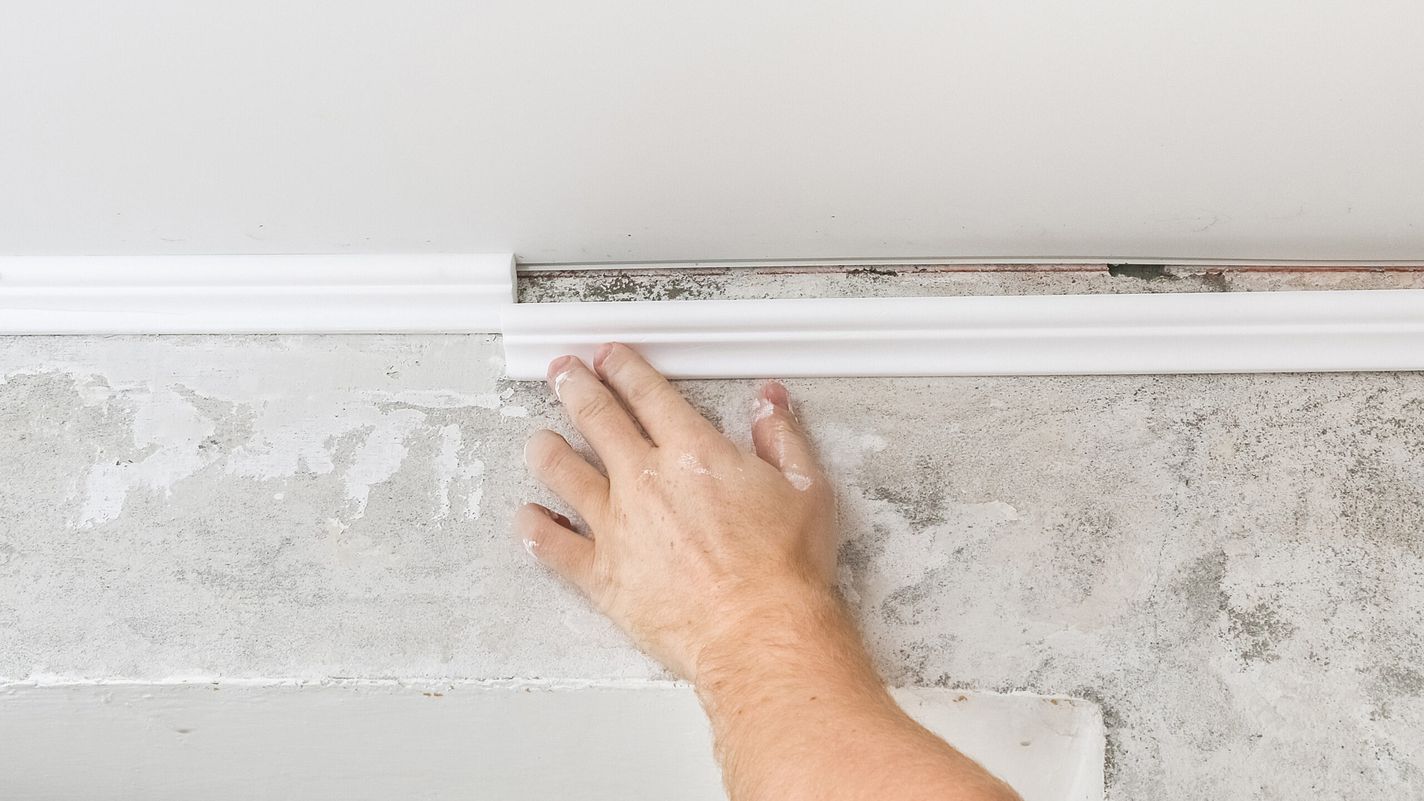
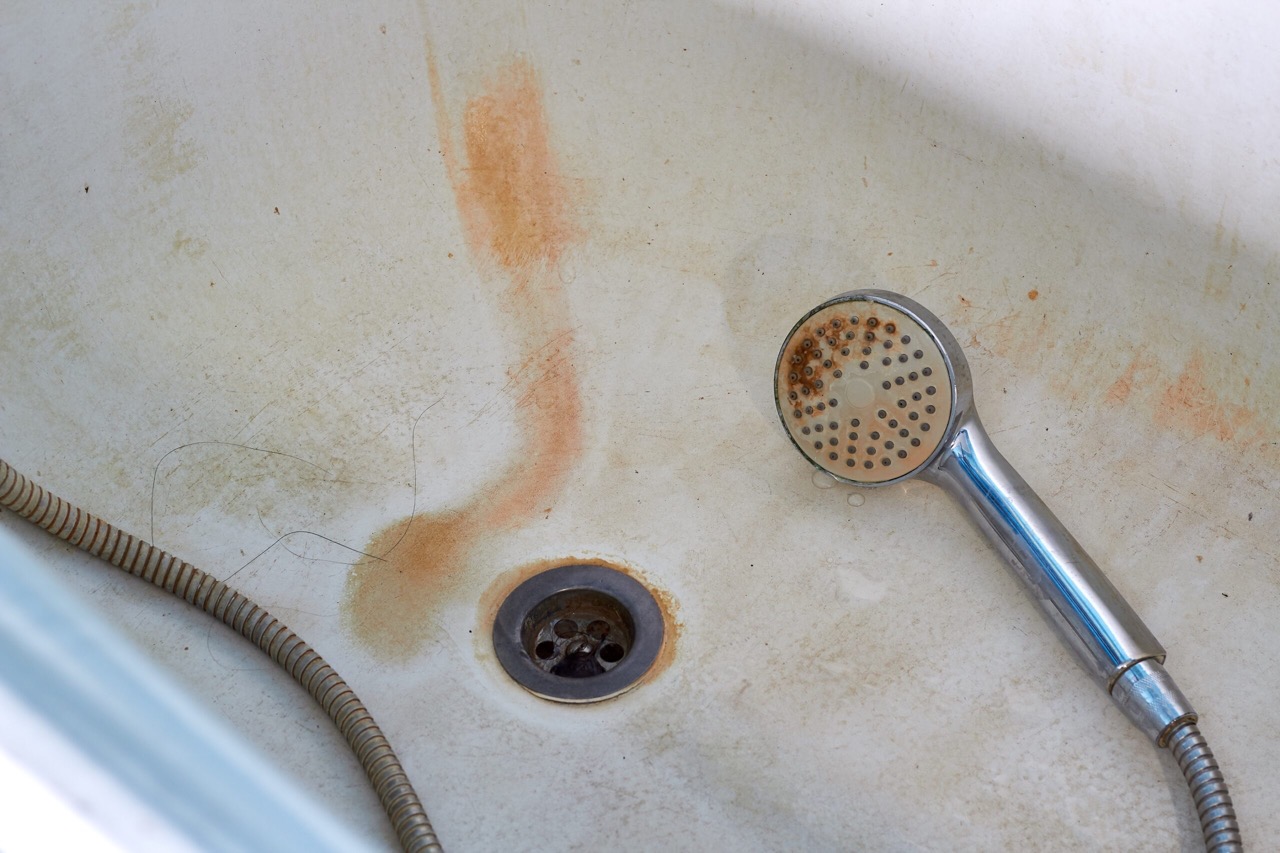
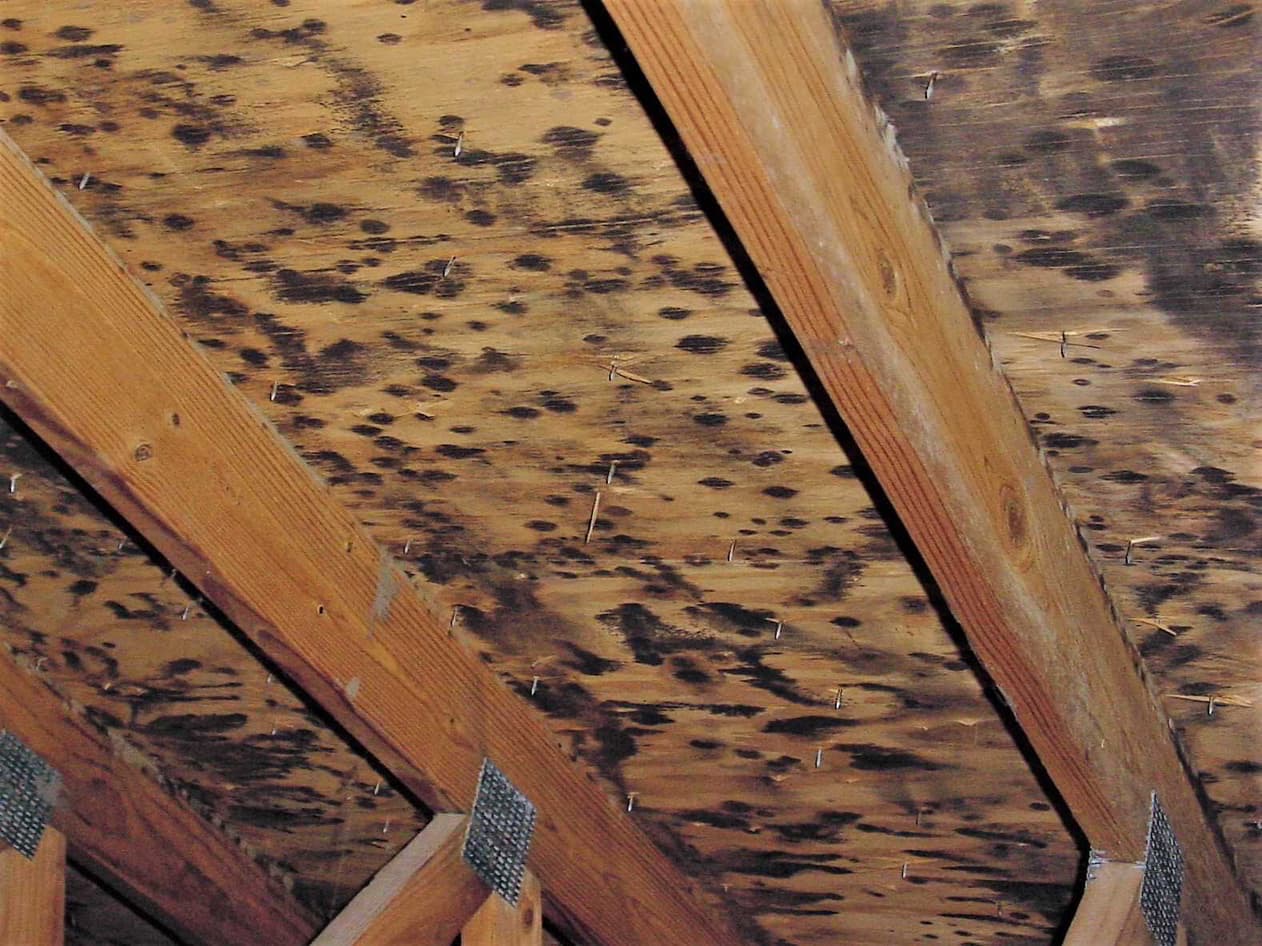

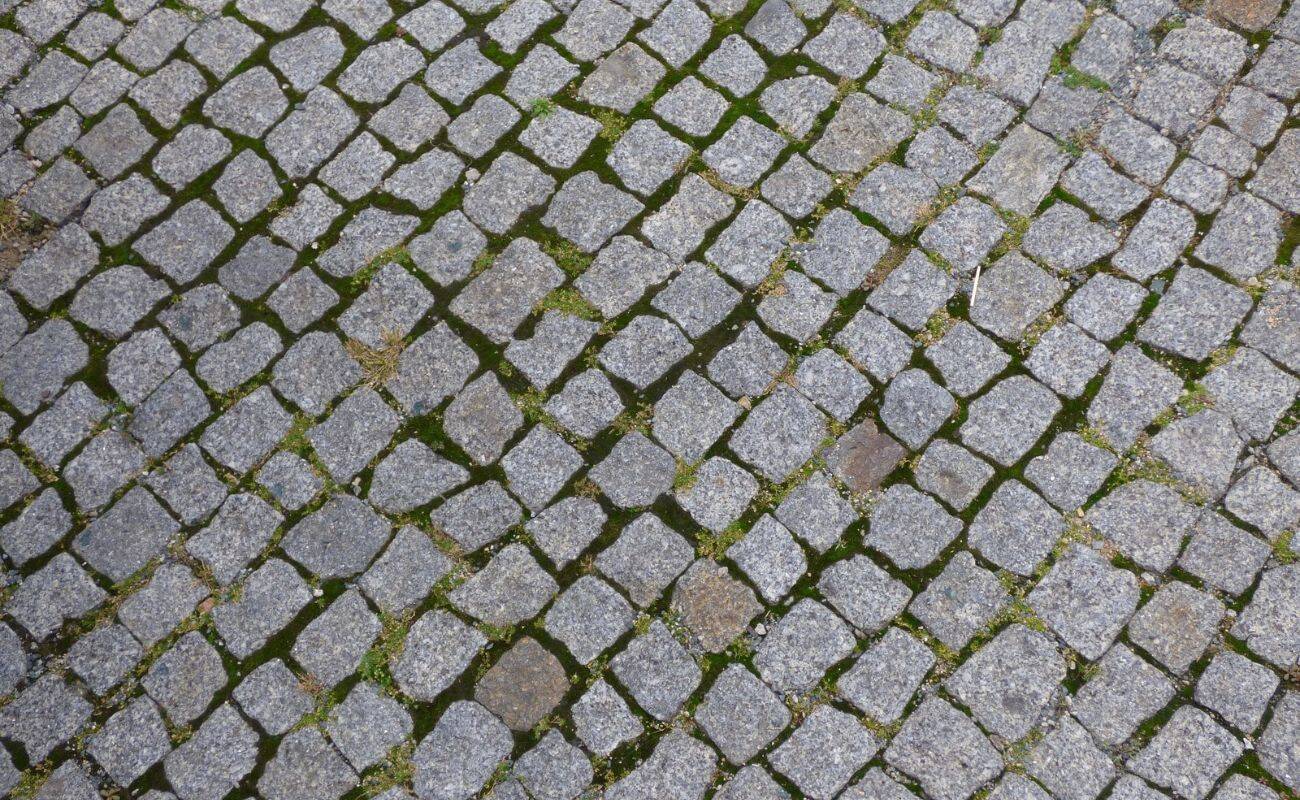
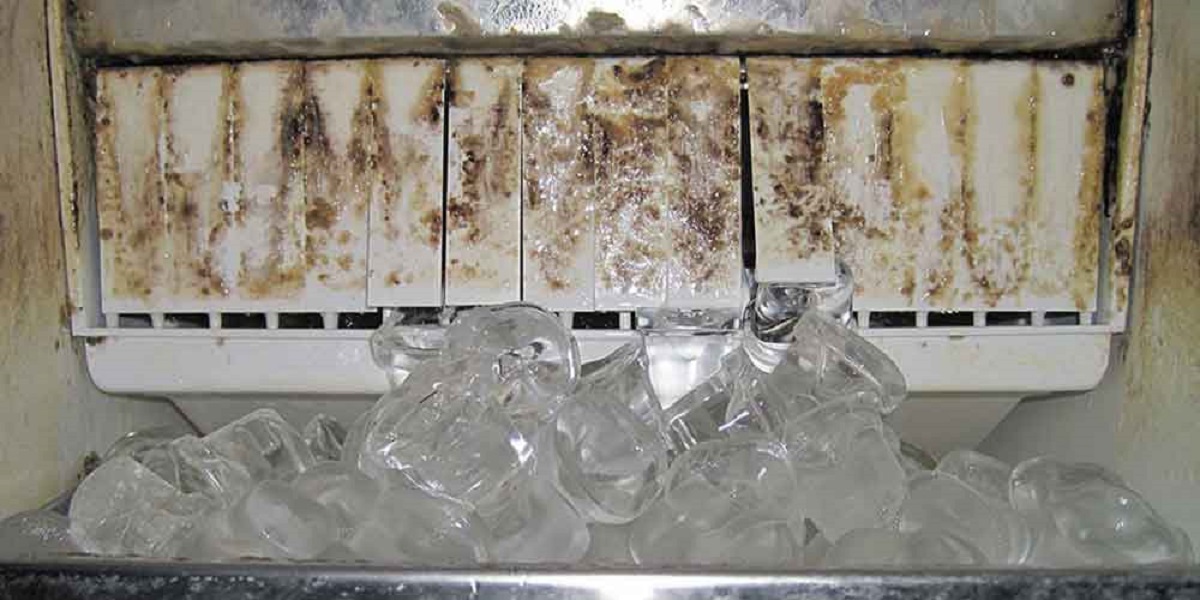

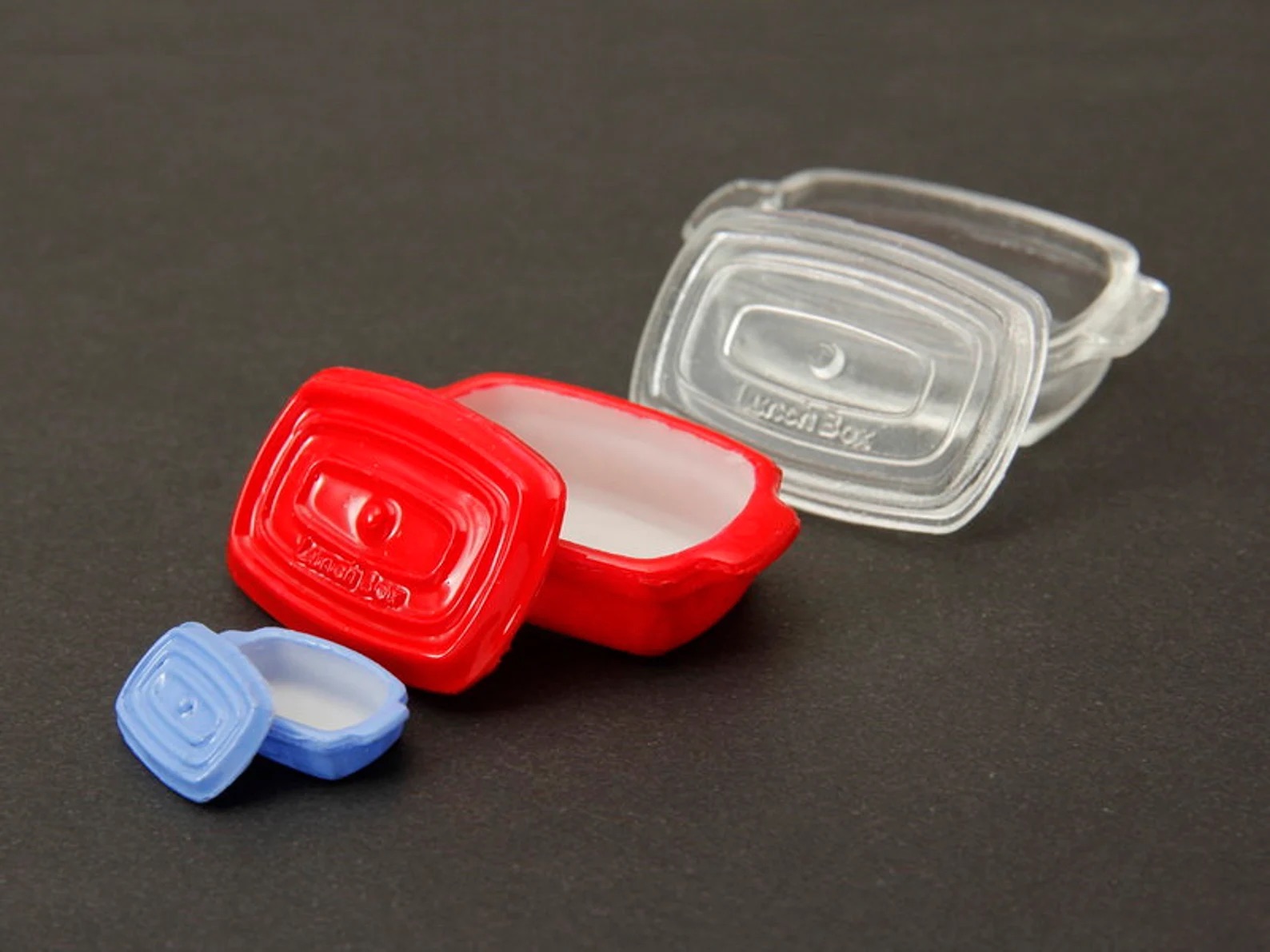
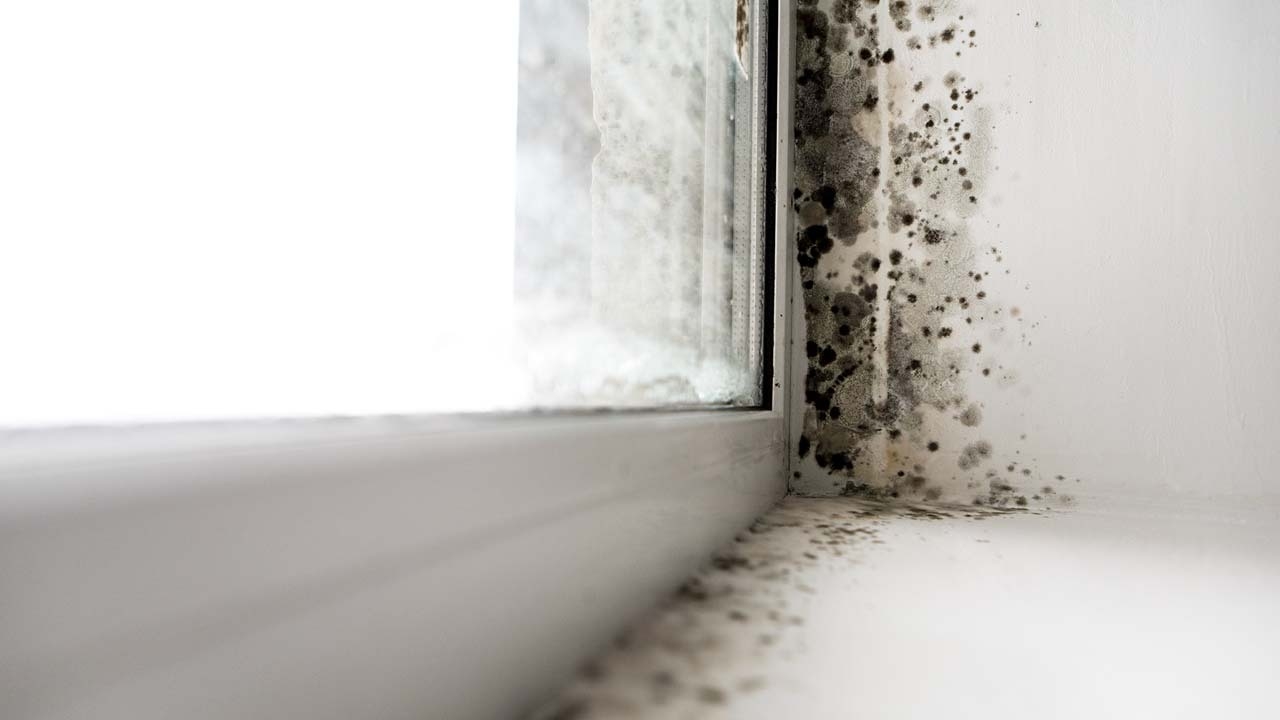
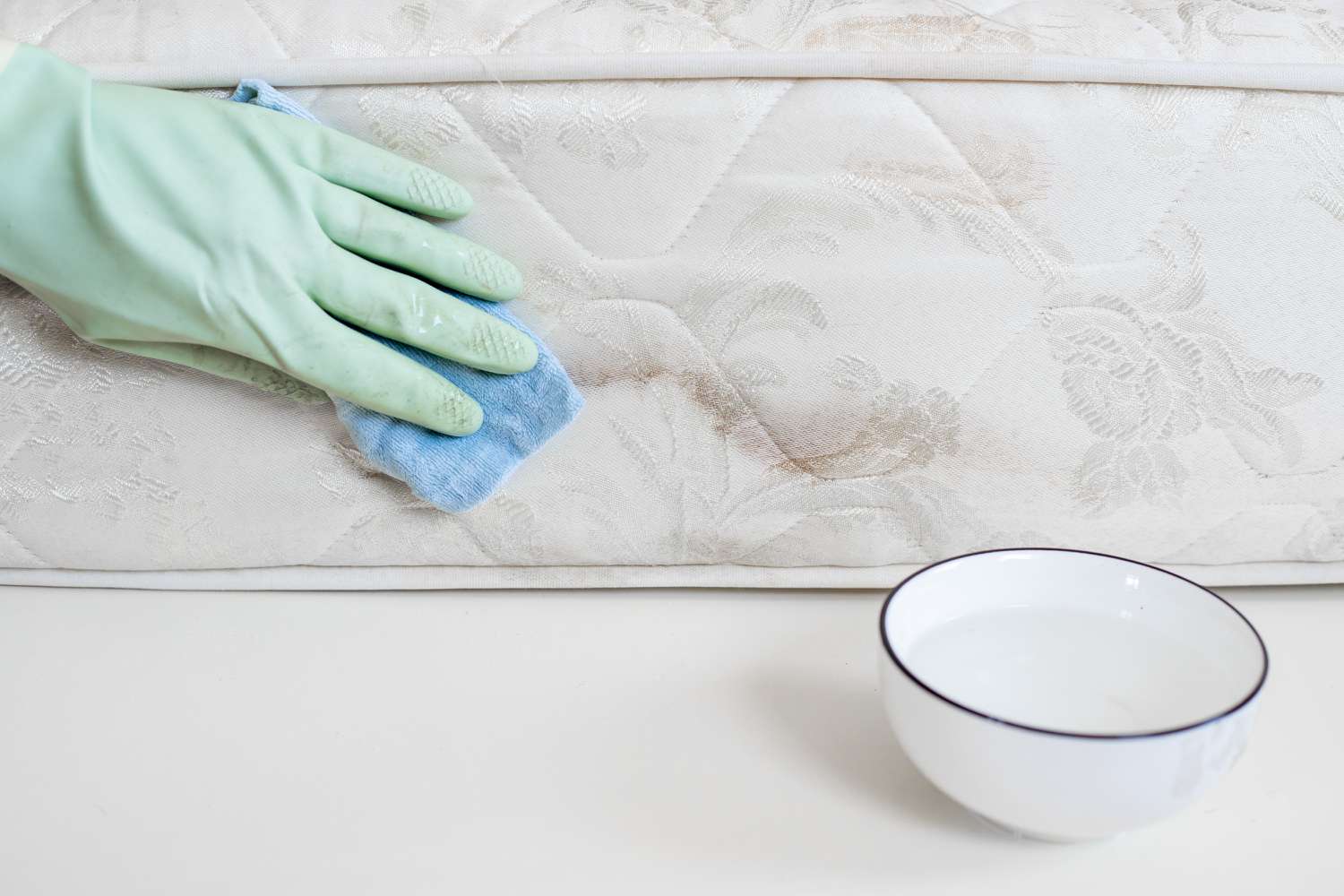
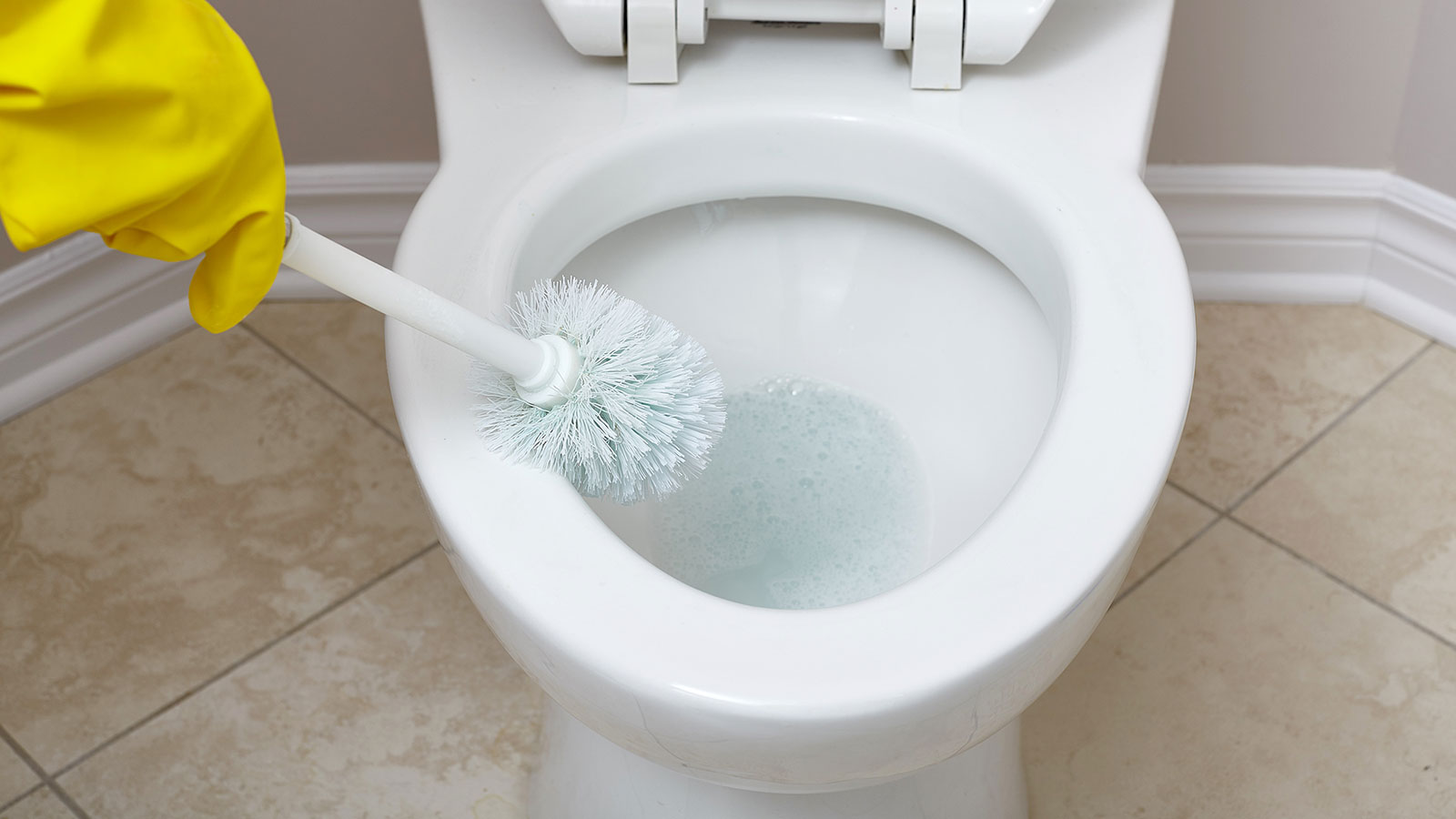
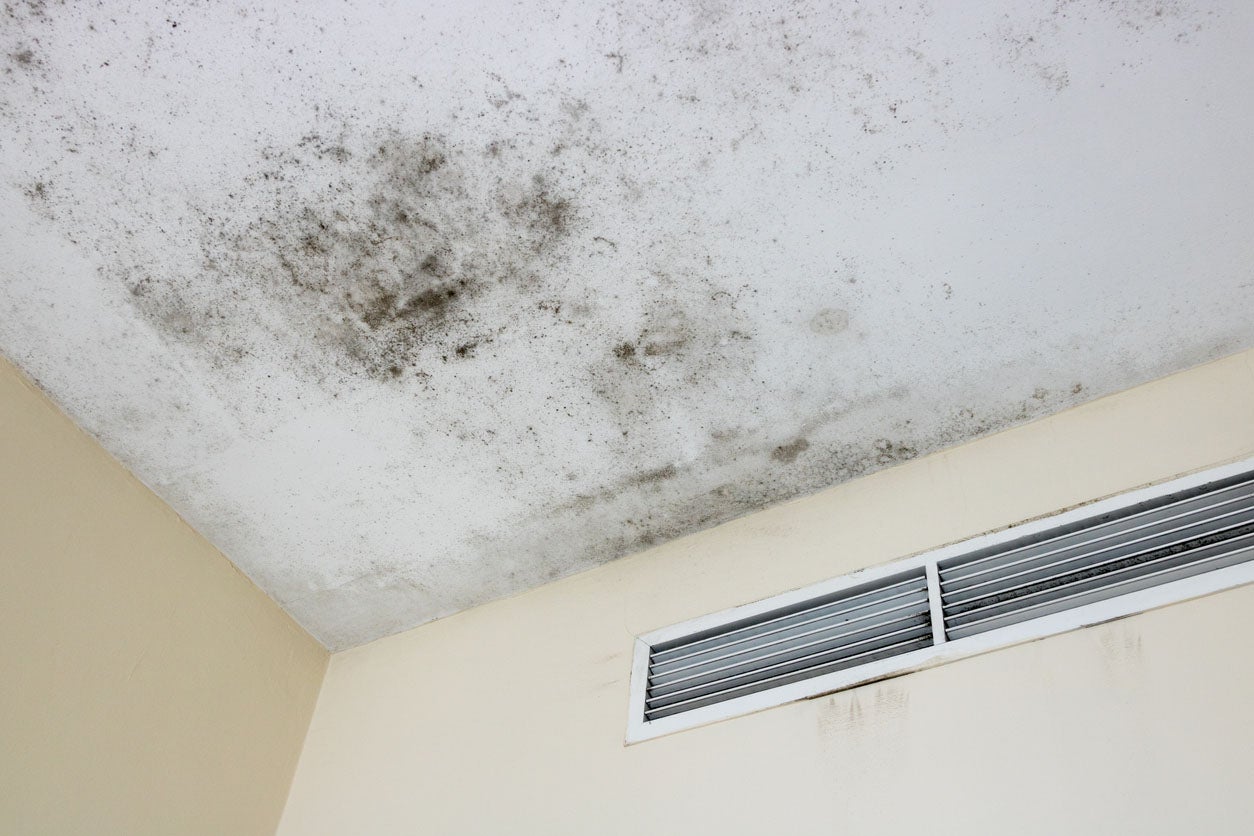
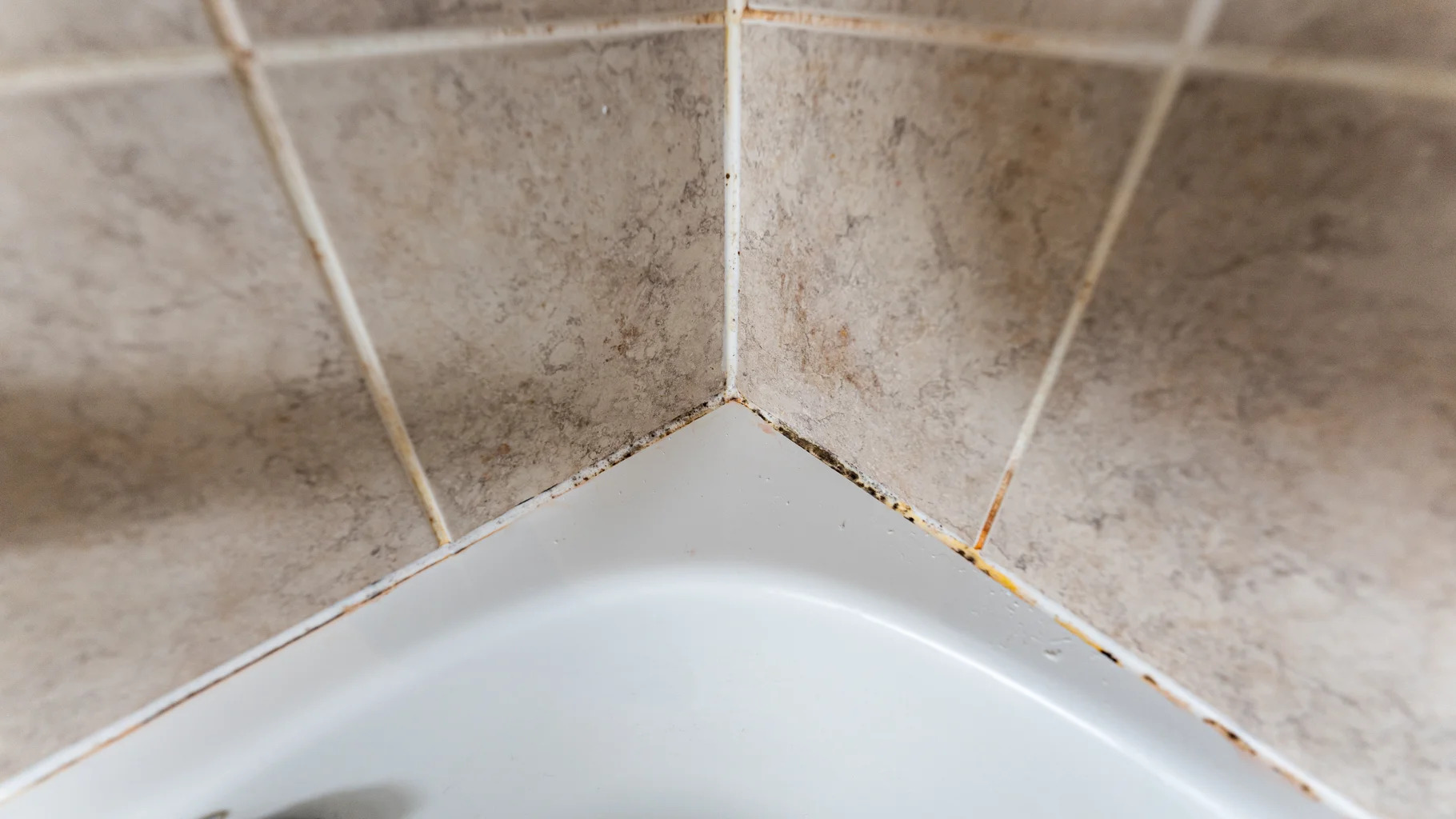

0 thoughts on “How To Remove Pink Mold From A Toilet Brush”